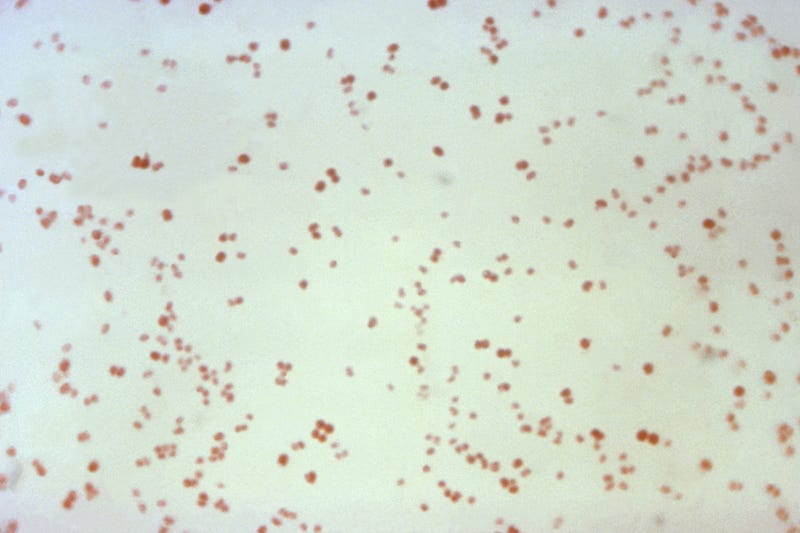
ST. LOUIS (KMOX) - Nearly twice as many people are dying in the United States from antibiotic-resistant infections than previously believed.
The Centers for Disease Control and Prevention says 2.8 million drug-resistant infections occur each year, with drug-resistant "superbugs" responsible for killing more than 30,000 people annually. According to the CDC, every 11 seconds someone gets an antibiotic-resistant infection and every fifteen minutes, someone dies from one.
The latest findings are part of the CDC's first comprehensive report into the health threat in six years.
"The advantage of seeing somebody in clinic who doesn't feel well is -- in a large percentage of the time, it's almost always a viral illness -- particularly in the winter when everybody's inside and sneezing on each other," said SLU Care general internist Dr. Fred Buckhold at SSM Health Saint Louis University Hospital. "Most of what I see in clinic are viral illnesses and there are some specific criteria that I think of when I need to give antibiotics. But the reason I in my practice -- and a lot of my colleagues -- are very stingy in giving out antibiotics is -- it's not that we don't want to help you feel better -- it's just the fact that first, antibiotics don't work on viruses, and second, over-prescription leads to this problem."
But there's another issue here. There just aren't many new antibiotics on the horizon.
"There's no money in it," Dr. Buckhold tells KMOX. "This is the way of the pharmaceutical market. Drug companies are looking for drugs that they can give you for the rest of your life -- that's the money. When it's a drug we give you for a week or two to cure an infection, it's hard to do all the work to discover new drugs, develop and test them. It's a very expensive proposition. And so there's not many in the pipeline and that frankly is what scares me more than the fact that there are resistant drugs. I fear we are going to run out of tools to deal with this."

